A gay couple’s guide to Spain
By Joshua Haigh

Spain is famous for its laid-back way of life. But as Tim Heap embarks on a journey around its eastern coastline, he finds that the country can relax all visitors – not just those on a package holiday. His plans to experience the gay nightlife, however, are thwarted…
By the time our Spanish train journey rolls around, it’s been more than four years since my boyfriend, Dean, and I have managed to get away together for as long as a week, and only the second time in our five years of dating.
Since seven sun-drenched days in Montenegro in 2012, we’ve had to make do with short, mainly wintry, city breaks – although I’ve enjoyed ski trips and family holidays, leaving poor Dean at home. Such is his lot as an artist-cum-perpetual-student-cum-waiter. But as he nears completion of a master’s degree, we vow to take a well-deserved break to celebrate, starting in Valencia and ending in Barcelona.

Despite our best intentions, our planning barely amounts to more than one half-hearted Google search, the results of which are largely forgotten by the time we board the plane. It being late September, the weather’s warm without being too hot. With no particular itinerary, we leave our hotel – the elegant art deco Westin Valencia – and make our way into the old town, across the Pont de les Flors (Flower Bridge), which is kept in full bloom throughout the year.
After refuelling in the former market Mercado de Colón, we head towards Valencia’s cathedral. Although it doesn’t have the reputation of Gaudí’s iconic Sagrada Família in Barcelona or Madrid’s striking Almudena, it supposedly contains the original Holy Grail, and is a towering presence that dominates the central square.
For those with a head for heights, climb bell tower El Miguelete’s 207 steps to see the city laid out: the perfect backdrop if you want to pose for Instagram pictures (#blessed).
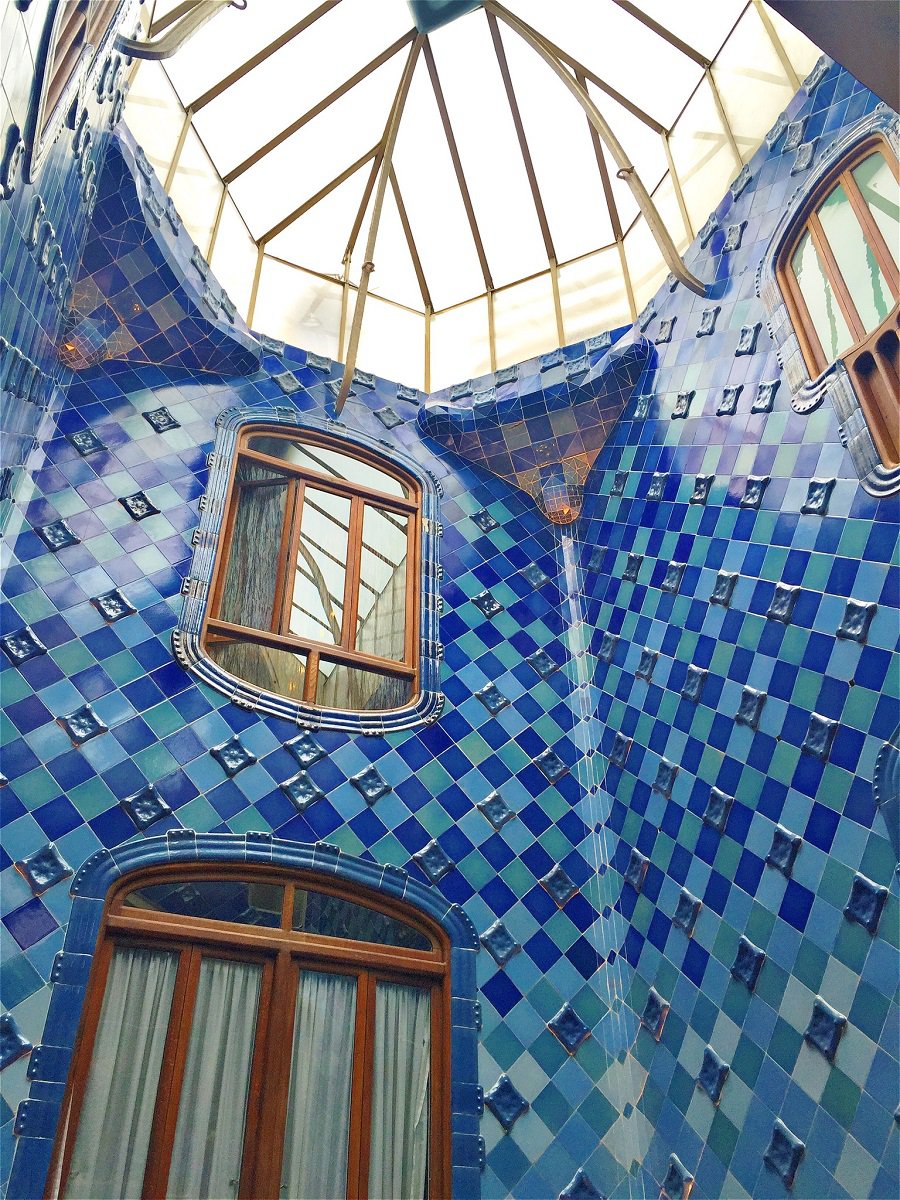
As Spain’s third city, Valencia is often overlooked by tourists who are drawn to the grandeur of Madrid or the glamour of Barcelona. But it’s a progressive cosmopolis of its own, as we discover when dining in the city’s newest hangout, Marina Beach Club.
Recommended by the concierge at our hotel, it was, apparently, the place to be in summer 2016 with tanned, taut bods lounging around the infinity pool by day, then partying to the sound of deep house by night.
We go for dinner on the restaurant terrace, then join the throng of hardcore revellers for a couple of drinks before it all gets too much. Our luck doesn’t hold when trying to track down any of the city’s gay bars the next night: the ones we do find have either closed down or just aren’t open – it is a Sunday after all. Although we’re not the type of couple to ever hold hands, in liberal Valencia we feel comfortable wherever we go.
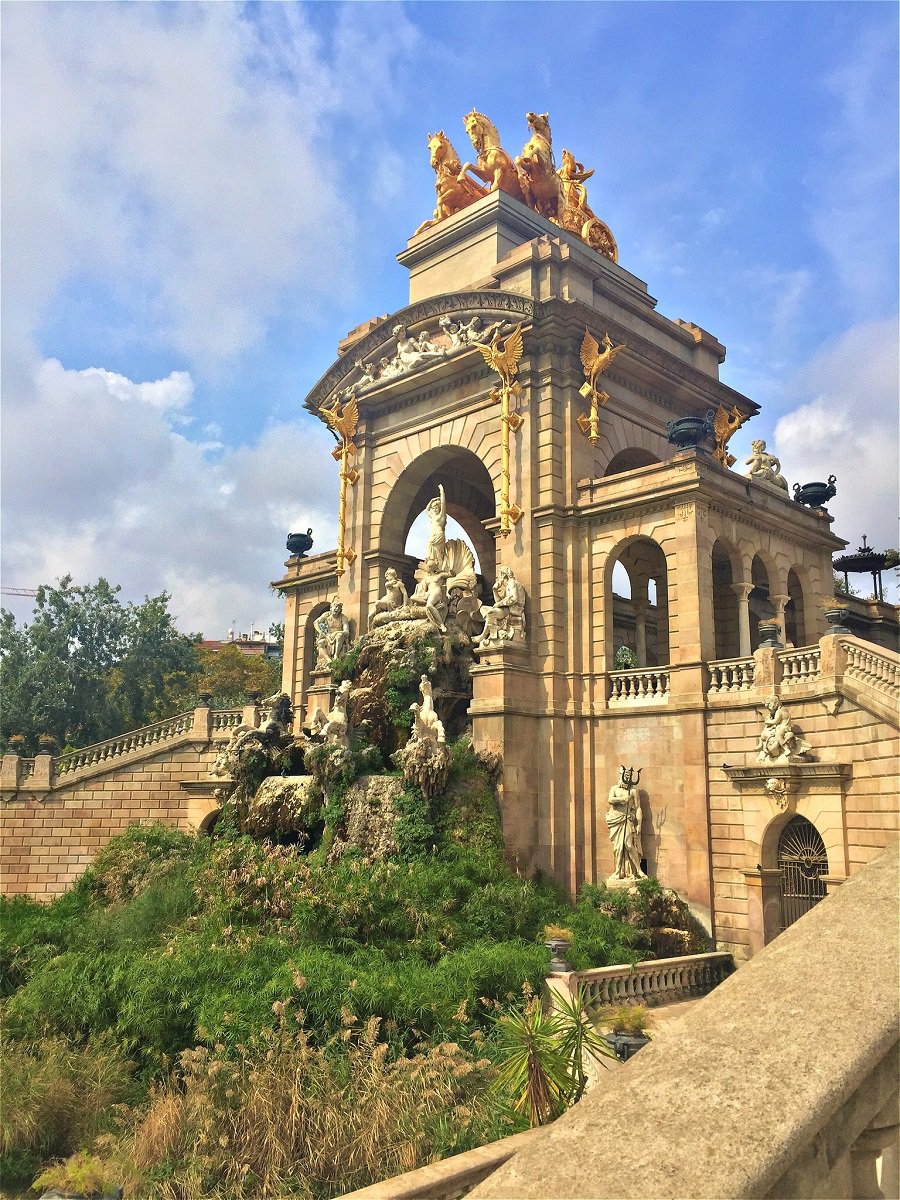
After the Turia river was diverted from the city centre in the late 1950s, the old riverbed became a snaking 11km-long park, with attractions all along, the most impressive of which is the City of Arts and Sciences. Designed by Valencian architect Santiago Calatrava, the site somewhat resembles a dinosaurs’ graveyard, with skeletal buildings including an opera house, science museum and Europe’s largest aquarium.
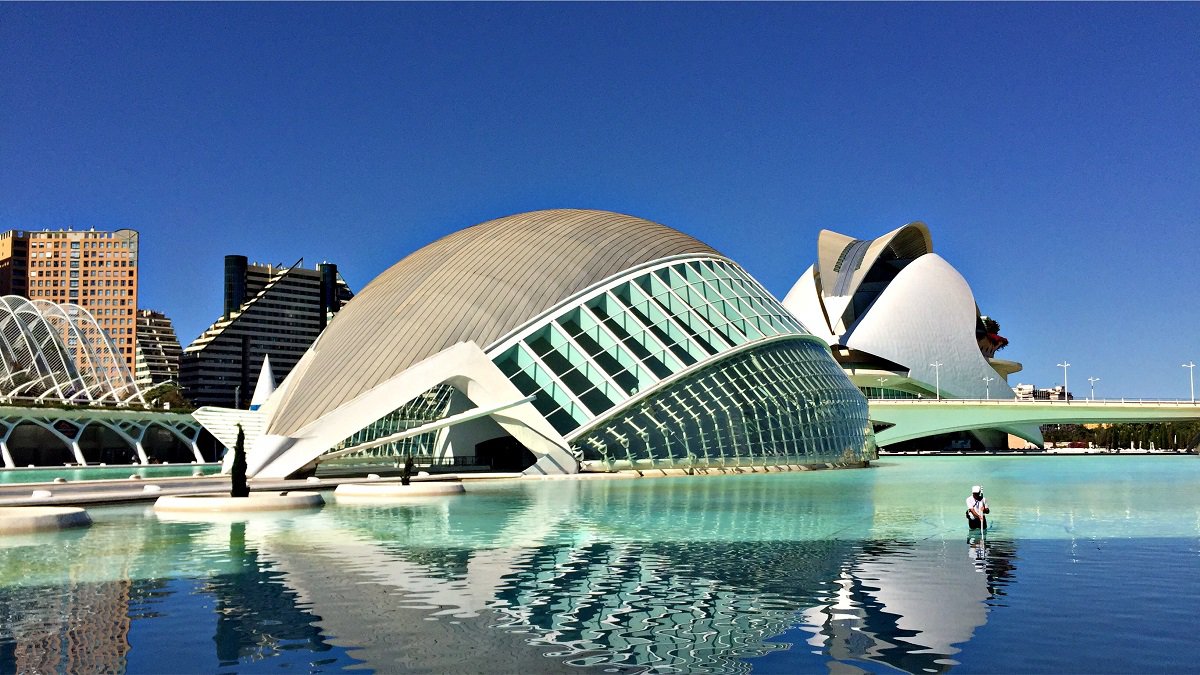
The best way to see it, and the wider Turia Gardens, is by bike. We hire a couple from the hotel and spend a few hours zipping along the dedicated cycle lanes, chaining our rides up at one point to take a rowing boat on to the water around the Hemisfèric 3D cinema. If you do the same, be sure to pack a towel or blanket and lunch: there are plenty of shady spots to stop watch the many runners go by.
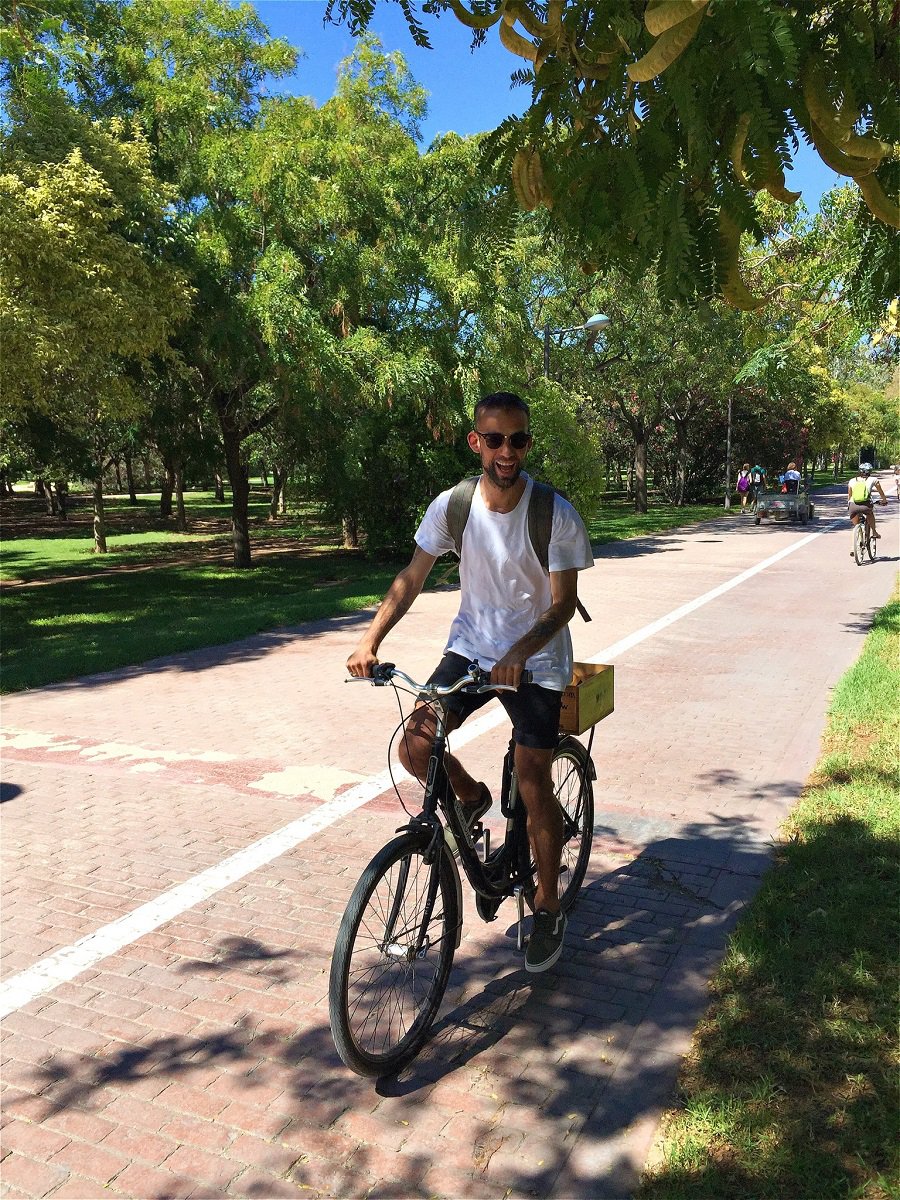
After leaving Valencia, we head up the coast by train to Calafell, a town 65km south of Barcelona. We try buying tickets from the ticket office, but wrongly assume that staff will understand English. After an awkward stand-off, the multi-lingual ticket machines come to our rescue, and we just make it to our seats in the spacious and airy carriage (Southern Rail, take note).
The journey consists of one long first stretch, then two short hops on smaller, local train services. About five hours later, we arrive at the Le Meridien Ra Beach Hotel & Spa, a five-star beachfront hotel. 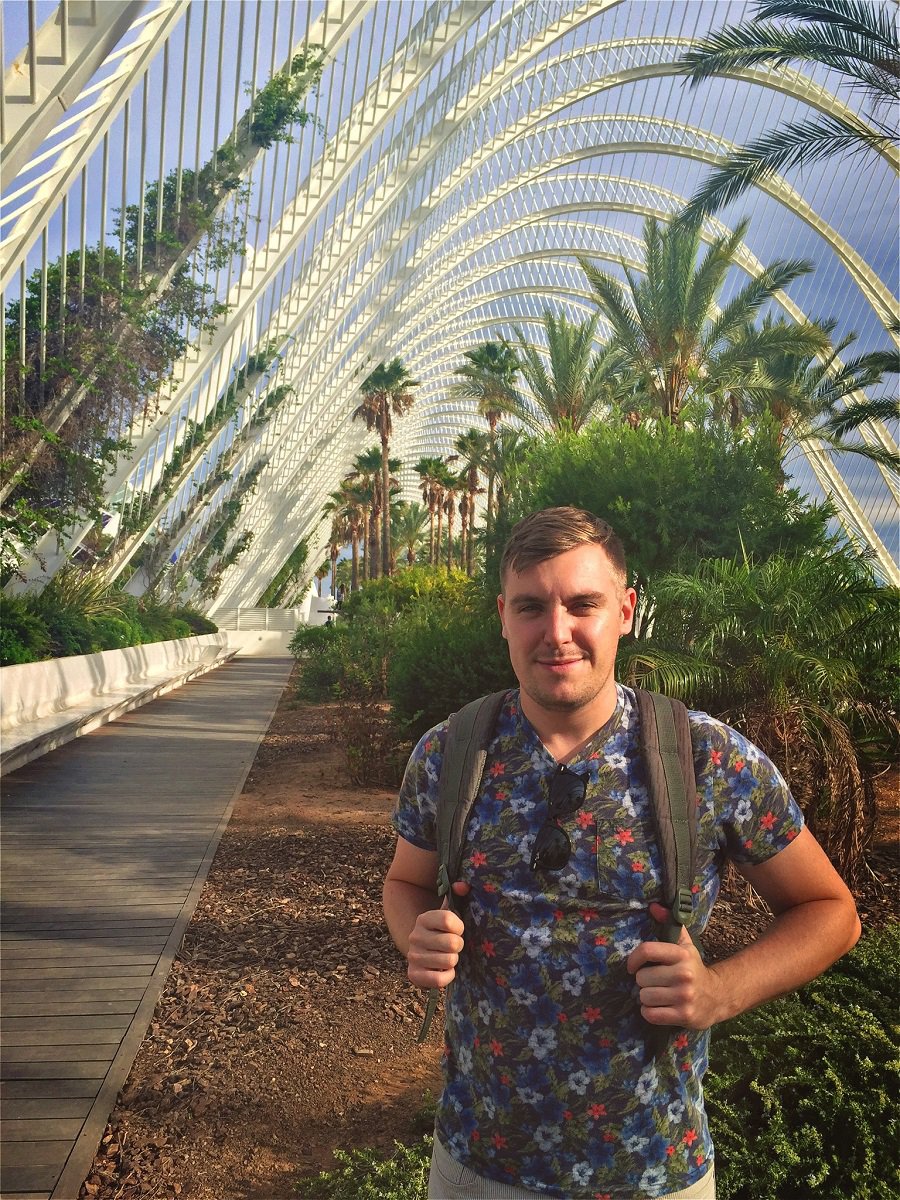
It’s meant to be our chance to get in some proper tanning time, but the weather has other ideas, cooling off by a few degrees and clouding over for about half the time we’re there. Still, having walked about 30,000 steps a day in Valencia, we’re happy to take the weight off our feet and remain largely horizontal, either in bed, on a sun lounger, or floating in the semi-covered salt-water spa.
The sun shines brightly the day before we’re due to leave Calafell. With gay mecca Sitges just 20 minutes away by train, and us being self-respecting, curious gay men, we have to check it out.
Although not peak season, the town and beaches are still populated by a healthy quota of tourists who certainly look gay, though the overall demographic is very mixed.
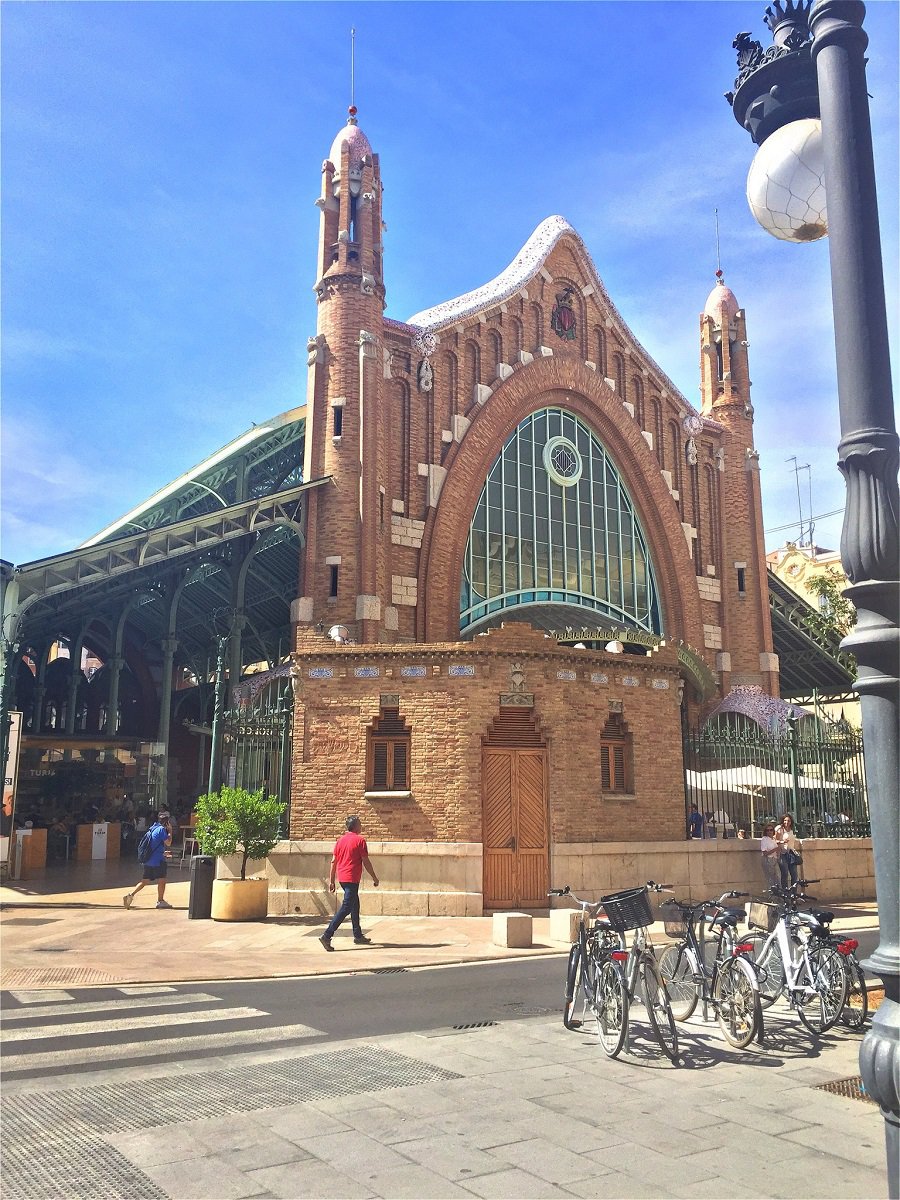
After meandering through the narrow streets to the promenade and round to the next bay, we lay our towels on Platja de las Balmins, one of the town’s gay – and clothing-optional – beaches. It’s also one of the prettiest and most sheltered, with a good stretch of sand, shallow waters and a café.
While I’m always keen for a swim, Dean isn’t much of a water baby. I go alone, swimming out then turning back to face the shore, luxuriating in the view of a town loved by so many LGBT+ tourists. The next morning, it’s back to Calafell station for a train to our final destination: bustling, bohemian, beautiful Barcelona.
The journey takes about an hour and, though not as airy as the train from Valencia, the scenery is hypnotising. The train hugs the coastline for most of the journey, offering views of the shimmering blue sea and brief glimpses into deserted little coves.
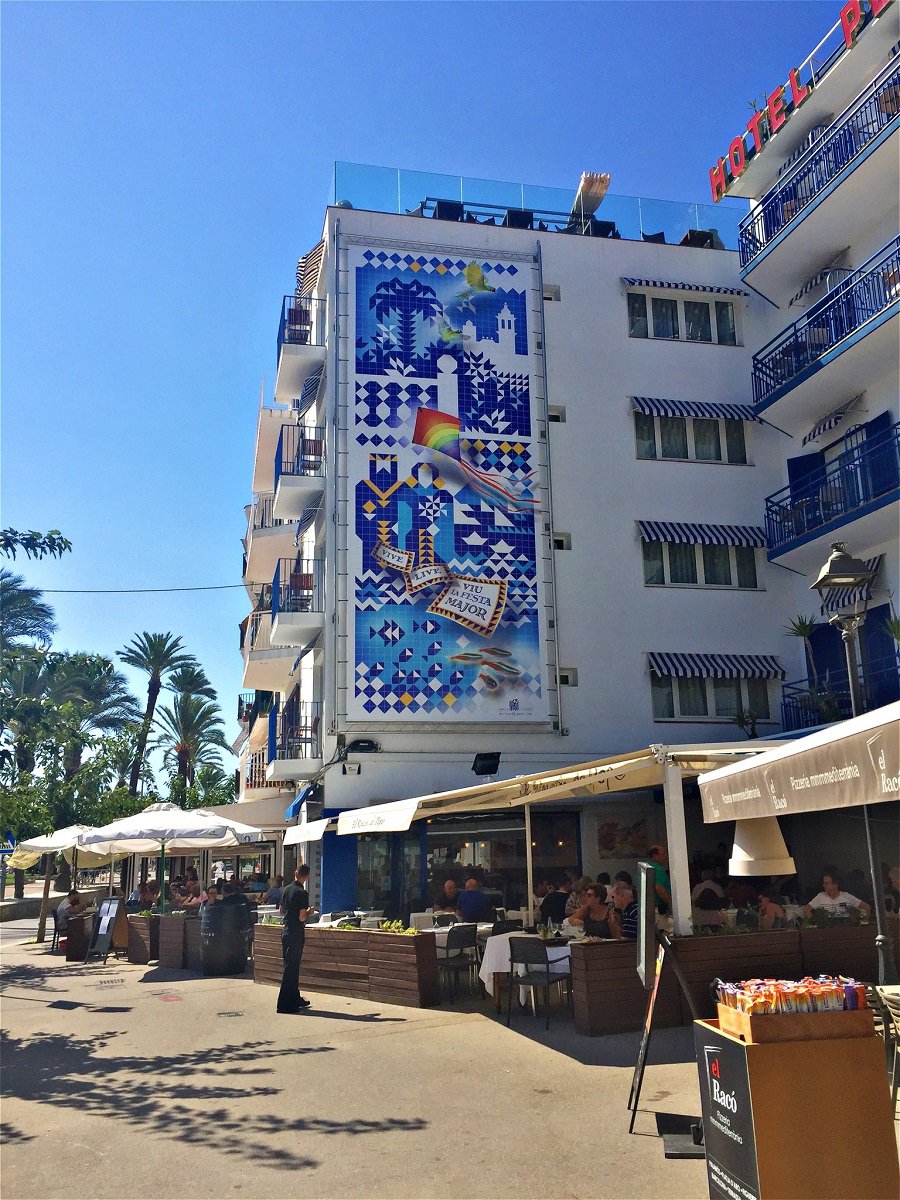
We’ve booked two nights at the Meliá Barcelona Sky, a tower of glass, a few Metro stops north-east of the heart of the city, in the Poblenou neighbourhood. Having discovered a talent for sculpture in the past 18 months, Dean’s so keen to see some art that he hurries me out of our sea-view room before I’ve even unpacked my toothbrush.
As we’ve already visited the Sagrada Família and Parc Guell, both part of Gaudí’s legacy (and definitely worth the ticket price if it’s your first visit to Barcelona), on this trip we head to the magnificent Casa Batlló on Passeig de Gràcia.
Built for the Batlló family in 1904, it’s a mesmerising sight, with an undulating façade made up of rows of balconies that resemble a rib cage. Over the next couple of days, we roam the city, soaking up the atmosphere and culture.
Highlights include visits to the Museu Picasso and the Fundació Joan Miró, art galleries which celebrate the work of two of Barcelona’s most famous former residents. Although the weather’s still overcast, we make time for a couple of hours on Platja de la Mar Bella, the beach closest to our hotel, in a last-ditch effort to catch a bit of colour.
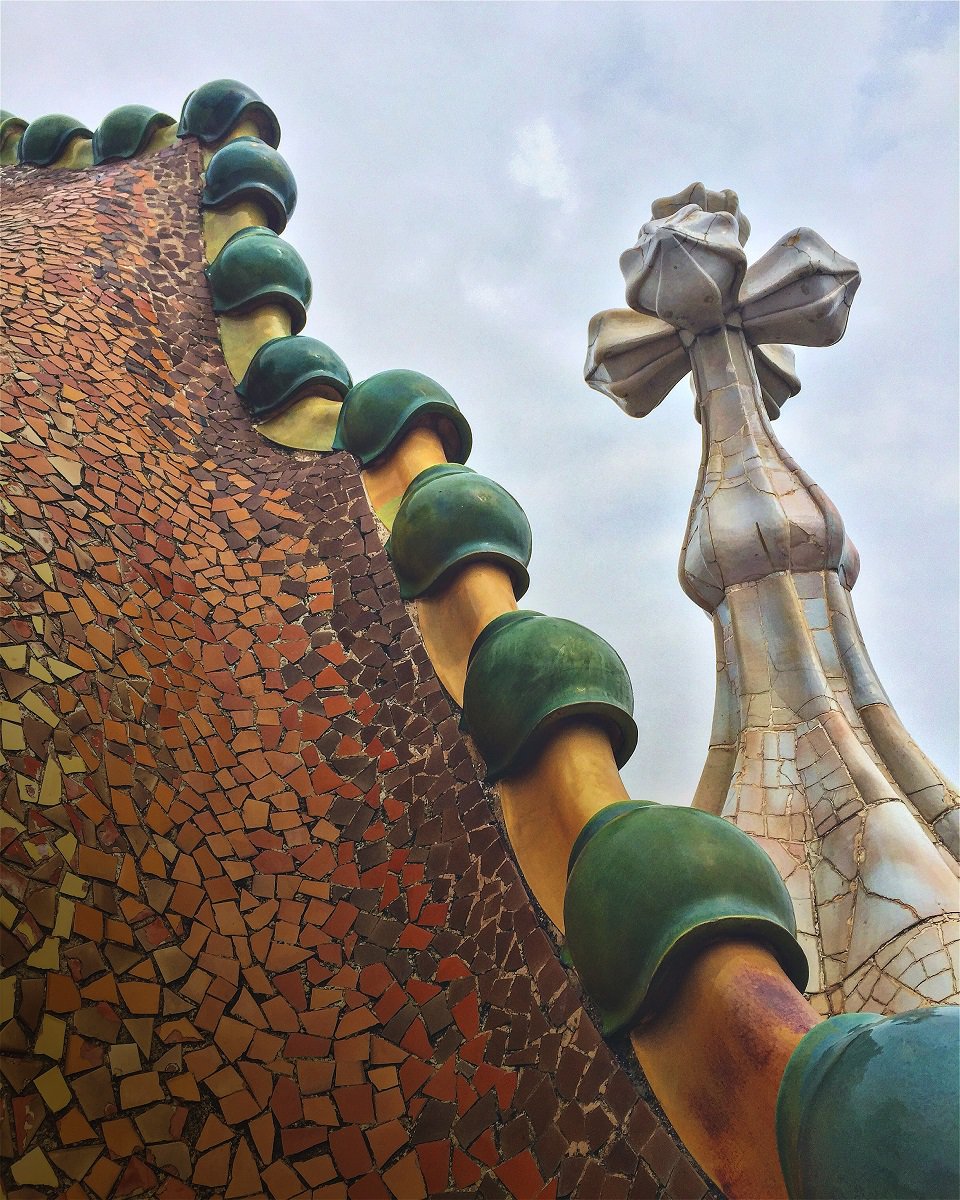
On our final night, plans to get our gay on in the Eixample district are dashed by a huge thunderstorm which flashes lightning across the sky as we watch from the vantage point of our 22nd-floor room. We might have missed out on the action but Barcelona is rightly famous for its LGBT+ nightlife, which offers something to suit all tastes and is concentrated around Casanova Street.
Before catching a bus to the airport, we squeeze in a wander up Las Ramblas, Barcelona’s famous tree-lined boulevard.
I think back to a previous visit, too worried about being pick-pocketed to enjoy it fully. Now, feeling at ease in my partner’s company, and surrounded by locals and fellow tourists from all walks of life, I uncharacteristically take his hand for a few moments.
That’s when I realise just how relaxed I’ve become during our Spanish sojourn. There may have been times when I’ve regretted not going for the easy option and booking a simple, week-long package holiday, but, in this special moment, I’m glad that we didn’t.
Words by travel writer Tim Heap
You can read more on Travel in Attitude’s April issue. To buy in print click here, or subscribe at subscribeme.to/attitude. To buy a digital copy, visit pocketmags.com/attitude.

